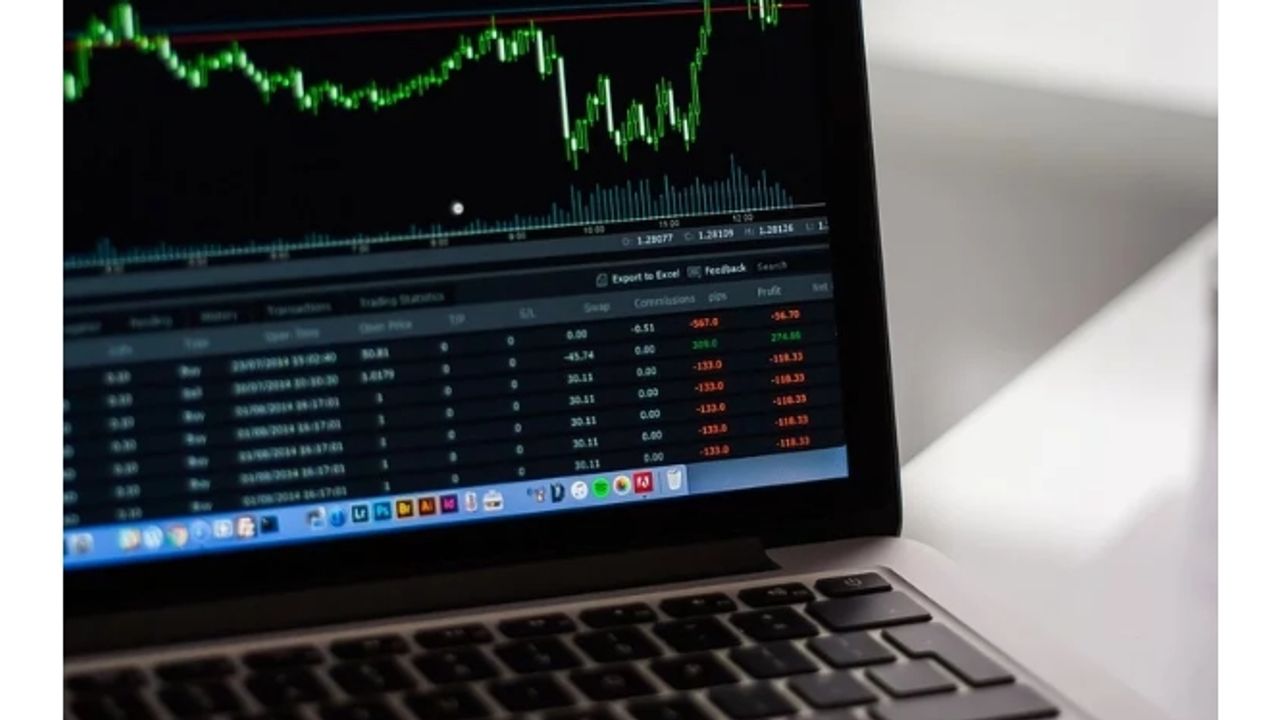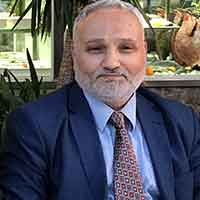The Central Bank preferred to hold the interest rates in the second meeting in a row in the 4th MPC meeting after the period when it adopted the Orthodox monetary policy perspective and kept the policy rate at 17%. For the Central Bank, which prefers to monitor the increasing inflation risks and upward divergence risks for now, the additional tightening option still remains on the table.
Although it is seen that the Central Bank maintains the "hawkish" tone included in the policy statement in general terms, the statement that “the interest / inflation balance will be maintained by creating a certain tightness that will support the disinflationary effects in order to reach the medium-term inflation target” has entered the policy statement. It is understood that the Central Bank will keep the policy rate slightly above the inflation rate even in the period of lowering the interest rates in order to reach the 5% inflation target. This wedge application will constitute the main theme of monetary policy. In fact, this new understanding, in which current inflation is taken into account rather than the expected inflation in the real interest position, will reflect the conditions better and will give a more direct result in the monetary policy leg of disinflation.
The issue of reverse dollarization is important, but it seems to be an issue that can be addressed for the broader period with its current course. Except for periodic entries and exits to FX deposits, we are in a very early period of continuous de-dollarization. Although the new policies implemented since November have attracted carry traders, the fact that foreign currency still appears as a hedging tool has the most important restraining effect on the rapid deterioration of foreign exchange accounts. For this, it is necessary to increase the confidence in the long-term implementation of the tight policy stance, to feel the decrease in inflation, to decrease the official inflation and the perceived inflation distinction, and to establish the confidence that the TRY will gain value. In the phase of maintaining the tight monetary policy, we will carefully monitor the criterion of whether the FX deposit resolution will become permanent or not and the currency rotation from foreign currency to TRY.
As long as we continue to apply high interest rates, we watch the rising effect of lira. During the establishment of reserves, the declining effect of these exchange rates will slow down a little more. Of course, although the preference for households in terms of purchasing power is the appreciation of TRY, the necessity of maintaining a balance in the export side of the business increases our possibility of seeing a stable lira at a conventional level. The March meeting will correspond to a period in which inflation risks are slightly higher and we will watch realizations above current levels. An environment where the Central Bank has to deal with the rate hike within the framework of the conditions of that day may still occur. In the interest rate cut phase, we expect the Central Bank to adopt a prudent approach during the disinflation period expected in the second half. The moderation in credit growth, the decline in the current account deficit, a remarkable decline in inflation and the stability of the lira are the conditions the Central Bank would like to see. In this regard, we expect interest rate cuts to follow the inflation decline in terms of timing and rate.












